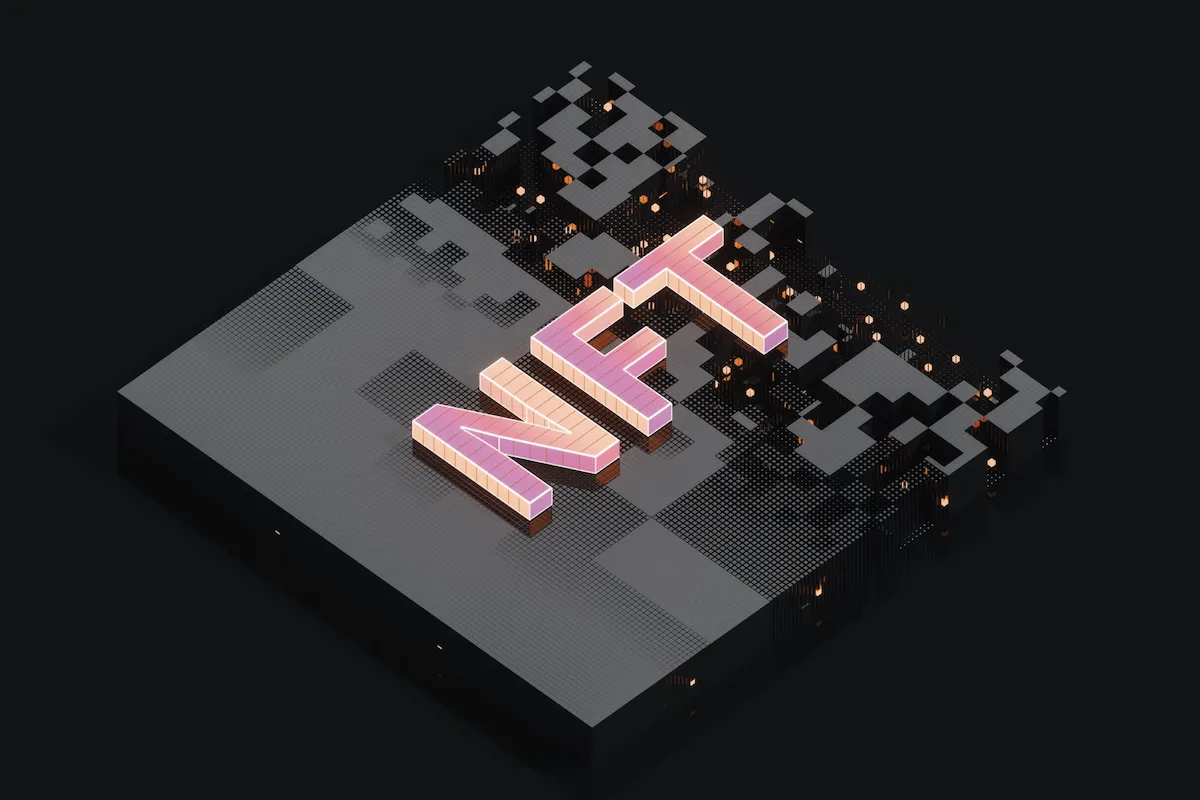After watching the NFT market balloon, implode, and now start to quietly reassemble itself, I’m not here to tell you that NFTs are going to save the internet. I’m also not going to pretend the last two years weren’t tough. But something’s shifting—slowly, unevenly, and maybe for the better. The days of speculative mania are fading, and a new phase rooted in functionality and relevance is emerging.
If NFTs are going to matter again, it’ll be for reasons that look nothing like what got us here in the first place.
Key Takeaways
-
Real-world asset NFTs are gaining traction by tying tokens to tangible value like real estate, treasuries, and carbon credits.
-
Art remains relevant, but the NFT space is shifting toward utility—especially in gaming, ticketing, and access-based applications.
-
AR/VR and AI experiments are evolving NFT experiences, though mainstream adoption still lags behind the hype.
-
Regulatory scrutiny is increasing, but enforcement is moving toward case-by-case treatment—especially for investment-style NFTs.
-
Community still matters, even if it’s smaller—projects built around participation and ownership are driving long-term engagement.
1. Real-World Assets Are Giving NFTs a Shot at Legitimacy
Let’s be honest—most people got burned. The 2021 hype cycle inflated the idea that digital art and monkey JPEGs would somehow rewrite the financial system. They didn’t. What we’re seeing now, though, is something different: NFTs that actually tie to real‑world assets—things like real estate, bonds, and treasuries.
These aren’t speculative collectibles—they’re tokenized representations of tangible value. And they’re starting to gain structure, regulation, and purpose.
Plume Network is a blockchain built entirely for real‑world assets. It lets developers tokenize things like mineral rights, carbon credits, and government bonds, and plug them directly into DeFi. The NFTs in this model aren’t art—they’re proof of ownership or access to yield‑bearing products.
Redbelly Network takes a similar approach, focusing on compliance and real identity. It supports NFTs tied to things like private equity and carbon offsets, with on‑chain rules that prevent fraud or wash trading.
This is a big shift. NFTs used to represent hype. Now they’re starting to represent real things. That’s the kind of foundation the space always needed.

2. From Art to Access: How NFTs Are Shifting from Expression to Utility
Art was the launchpad—and to be fair, some of it still deserves credit. I’ve been quick to criticize the speculative mania, but I can’t ignore how NFTs gave independent artists real autonomy.
Platforms like SuperRare and fxhash still host thoughtful, boundary-pushing work. The frenzy is gone, but the core collector base remains. And in some ways, the art has actually improved without the noise.
That said, the conversation has shifted. The only NFTs worth building around now are the ones that do something. I’m watching more attention flow to utility-driven use cases—especially in gaming and access. Illuvium and Star Atlas are launching beta-access ecosystems where NFTs are core to in-game economies.
Ticketing is another area I’m watching closely. NFT-based passes offer real advantages: resale royalties, better security, and dynamic updates. Ticketmaster’s NFT pilots for select events and Proof of Attendance Protocol (POAP) tokens are gaining traction for fan engagement. But let’s be honest—mass adoption hasn’t landed.
Nike and Starbucks, once seen as bullish corporate players, have pulled back. Their exits underscore a bigger truth: mainstream brands aren’t going to carry NFTs across the line. If this space grows, it’ll be because the tools actually work—not because big names are involved.
So yeah, art might stick around. And utility has legs. But neither can coast on hype anymore. The bar’s higher now—and maybe that’s the point.
3. Tech Hype Is Outpacing Real Impact
If I had a token for every time someone said “metaverse” or “AI NFTs” in 2022, I’d be rich. But buried under the jargon are a few ideas that might actually matter.
AI-powered NFTs that evolve or personalize themselves could make digital assets feel more alive. The same goes for AR/VR integrations that aim to give NFTs experiential value—virtual concerts, 3D galleries, immersive wearables.
Apple Vision Pro suggests there’s infrastructure forming, even if user demand hasn’t kept pace. Reebok’s AR-based NFT drops and Spatial.io‘s virtual galleries hint at what this future could look like.
The billions poured into immersive tech tell us someone believes there’s a future here. Whether it’s one people actually want is still unclear.
The reality? Adoption is lagging behind innovation. Platforms like Decentraland and The Sandbox boast impressive features but struggle to attract daily users. NFTs may be the right foundation—but only if there’s something real to build on top.

4. Regulation Is a Pain, But a Necessary One
If you were paying attention during the last couple years, you saw how unregulated chaos attracted bad actors. Platforms like OpenSea got hit hard—with lawsuits, delistings, and regulatory heat.
While NFTs haven’t been universally declared securities, the SEC has targeted specific projects—like Impact Theory and Stoner Cats—under the Howey Test. OpenSea even received a Wells notice in 2024, prompting fears that NFT marketplaces might be treated like unregistered securities exchanges.
But in early 2025, the SEC dropped its investigation, and a newly formed crypto unit is now focusing more on fraud than on sweeping enforcement. That signals a shift toward a more nuanced, case-by-case approach.
OpenSea’s reboot—with its SEA token and OS2 platform—is part of this regulatory recalibration. OS2 includes tools for dividend payouts, asset splitting, and voting rights—features that echo financial instruments, but also show a deliberate move toward transparency and compliance.
Institutional investors are circling back, and yes, these preemptive efforts are helping. However, I’ve spoken to enough people in the space to know that trust won’t be rebuilt overnight.
5. Community Is Still the Soul of the Space (Even if It’s Smaller Now)
I’ve always believed that the best NFT projects weren’t just about tokens—they were about belonging. Bored Apes and Pudgy Penguins built cultures; many faded, yet some still have staying power.
But the communities that stuck around—often without huge financial upside—are the ones giving the space its durability.
Sound.xyz continues to thrive as a platform where musicians drop limited-edition NFT tracks, organize mint-time listening parties, and reward loyal fans with exclusive content. It’s helping artists connect directly with listeners—no middlemen, just community.
Farcaster, a decentralized social protocol on Optimism, is quietly redefining what NFT-native community can look like. Profiles are wallet-linked, usernames are tokenized, and access to certain channels or features can be gated through NFTs. It’s not about speculation—it’s about building trust, identity, and continuity in a way traditional platforms can’t.
Social media integrations help onboard new users, but most of that activity still feels surface-level. Real community is harder to fake—and harder to scale. But with platforms like Sound.xyz and Farcaster, NFTs still feel alive at their roots.
Are NFTs back? Not really. Not yet. But they’re not dead either. What we’re seeing now is a necessary comedown and recalibration. Less noise, more intent. I’m not betting the farm, but I’m paying attention. Because if this space comes back—and I think it might—it won’t look anything like the last time.



